- Home | Industry Update | A Green Revolution: The Rise Of Sustainable Textile Dyes...
A Green Revolution: The Rise Of Sustainable Textile Dyes

The global textile dyes market is expected to witness significant growth in the coming years, according to a recent industry report. Analysts predict the market will reach a value of USD 14.9 billion by 2032, reflecting a steady Compound Annual Growth Rate (CAGR) of 5.89% from 2024 to 2032. The global textile dyes market is expected to witness significant growth in the coming years, according to a recent industry report. Analysts predict the market will reach a value of USD 14.9 billion by 2032, reflecting a steady Compound Annual Growth Rate (CAGR) of 5.89% from 2024 to 2032.
The textile dyes market is flourishing, propelled by a growing demand for vibrant and sustainable color solutions in the fashion, apparel, and home furnishing industries. Consumers are increasingly seeking eco-friendly and non-toxic dyes, and stricter environmental regulations are forcing manufacturers to adopt sustainable production practices. This perfect storm of factors is driving the industry's growth and innovation.
The global textile industry is undergoing a significant transformation, driven by a growing demand for sustainable dyes. As consumers become increasingly aware of the environmental impact of traditional dyeing processes, manufacturers are responding by adopting eco-friendly practices.
In 2023, over 30% of global consumers expressed a preference for eco-friendly clothing, signaling a significant shift in consumer behavior. This trend, coupled with stringent environmental regulations like the EU's REACH, has accelerated the adoption of sustainable dyes.
The market for natural dyes, a key segment of the sustainable dye industry, is projected to grow by 11% from 2023 to 2028. Additionally, the organic textile market has seen a 20% annual increase, directly impacting the demand for eco-friendly dyes. With a global market value of $5 billion in 2023, the sustainable dye industry is poised for significant growth. As the world continues to prioritize sustainability, the demand for eco-friendly dyes is expected to further increase.
nufacturers are leading the charge towards a sustainable future by investing heavily in research and development. In 2023 alone, over $500 million was poured into developing innovative and eco-friendly dye technologies. This commitment is evident in the 15% increase in the use of plant-based dyes over the past year.
By embracing sustainable practices, companies are not only fulfilling consumer expectations and regulatory requirements but also gaining a significant competitive advantage. Those who have transitioned to sustainable dyes have reported a 25% increase in market share. This trend highlights the growing importance of sustainability in the textile industry, as consumers and businesses alike recognize the need for a greener future.
03:23 PM, Dec 04
Other Related Topics

Swadeshi Campaign Unites India to Revive Pride in Domestic Textiles
12:45 PM, Oct 07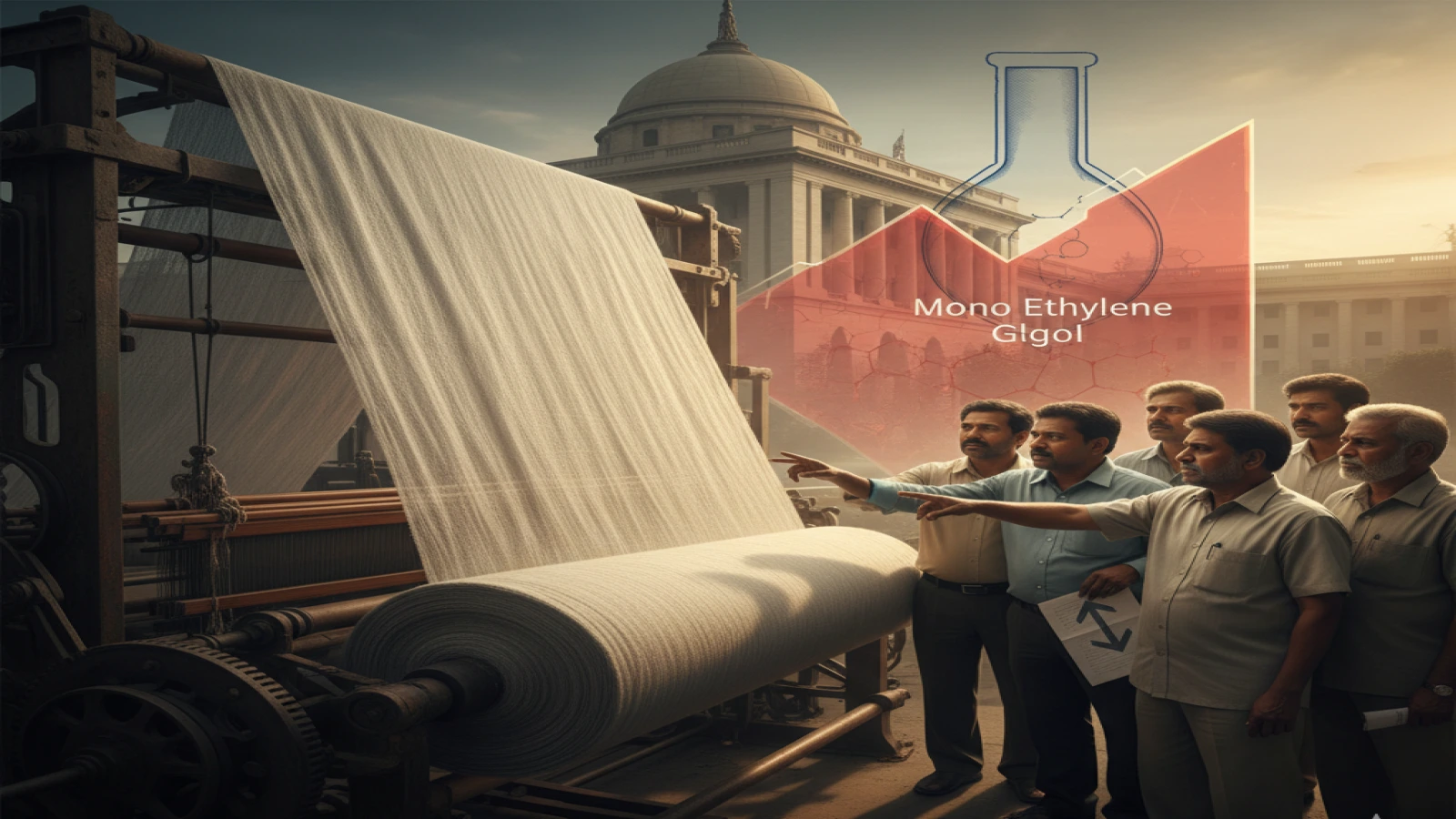

Foreign Buyers Forge New Ties at UP International Trade Show
04:21 PM, Sep 30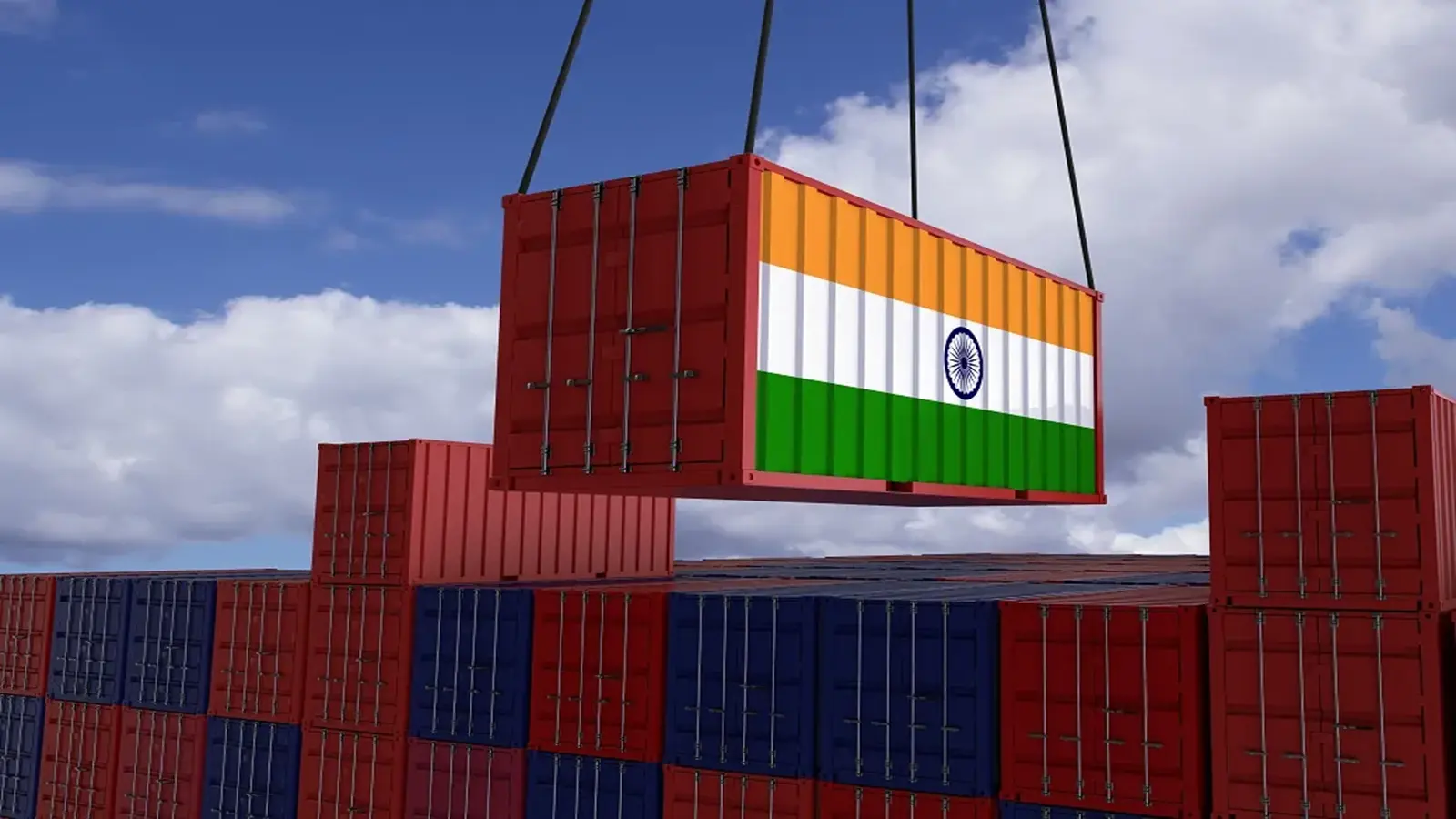
Government Extends RoDTEP Export Incentive Scheme Until March 2026
03:35 PM, Sep 30Industry Update

Carrington Textiles Introduces Defence Stock Range for Faster Access to Military Fabrics...view more

India’s Energy Giant to Reshape Textile Landscape with Advanced Polyester Hub in Bhadrak...view more



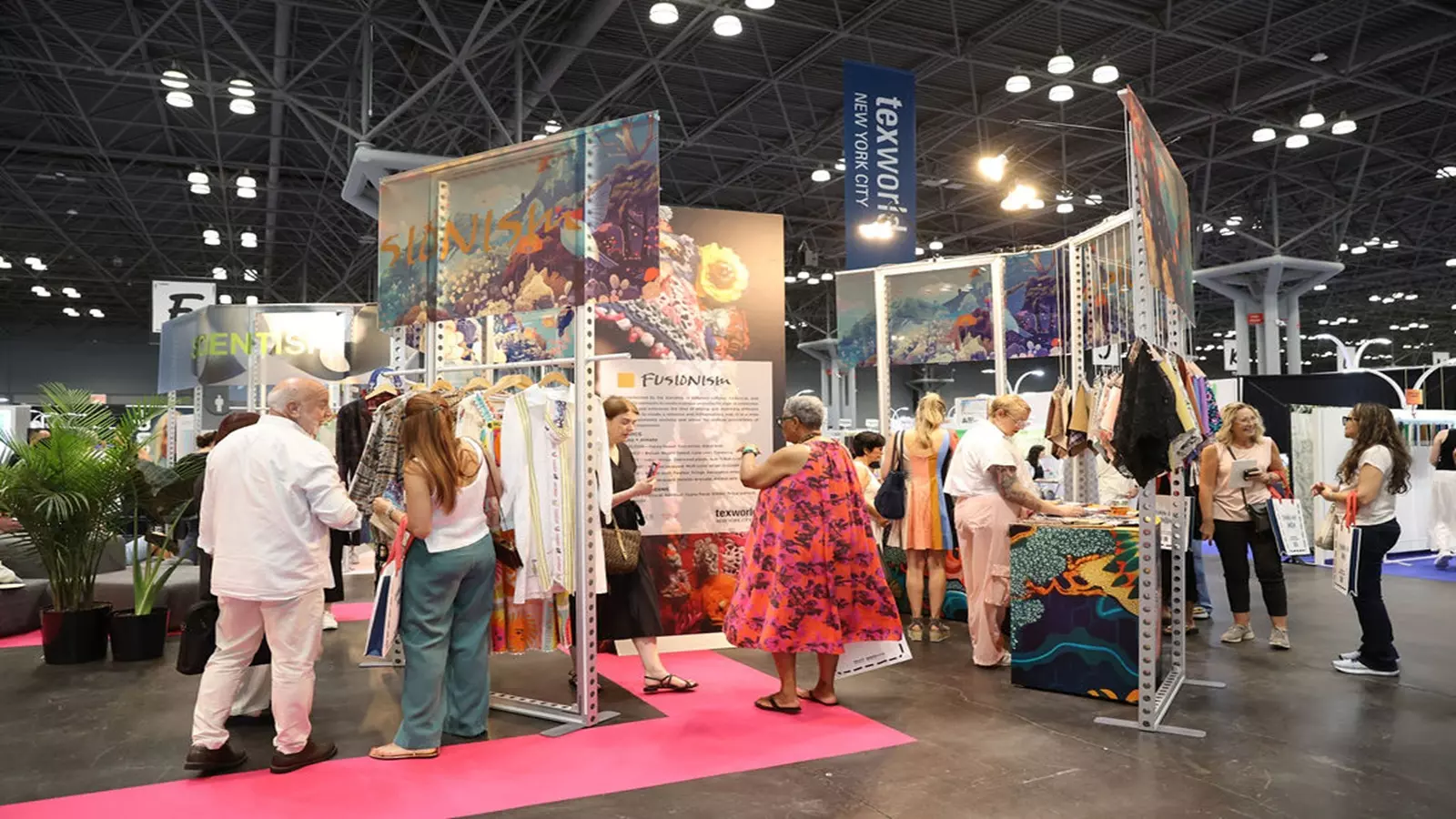

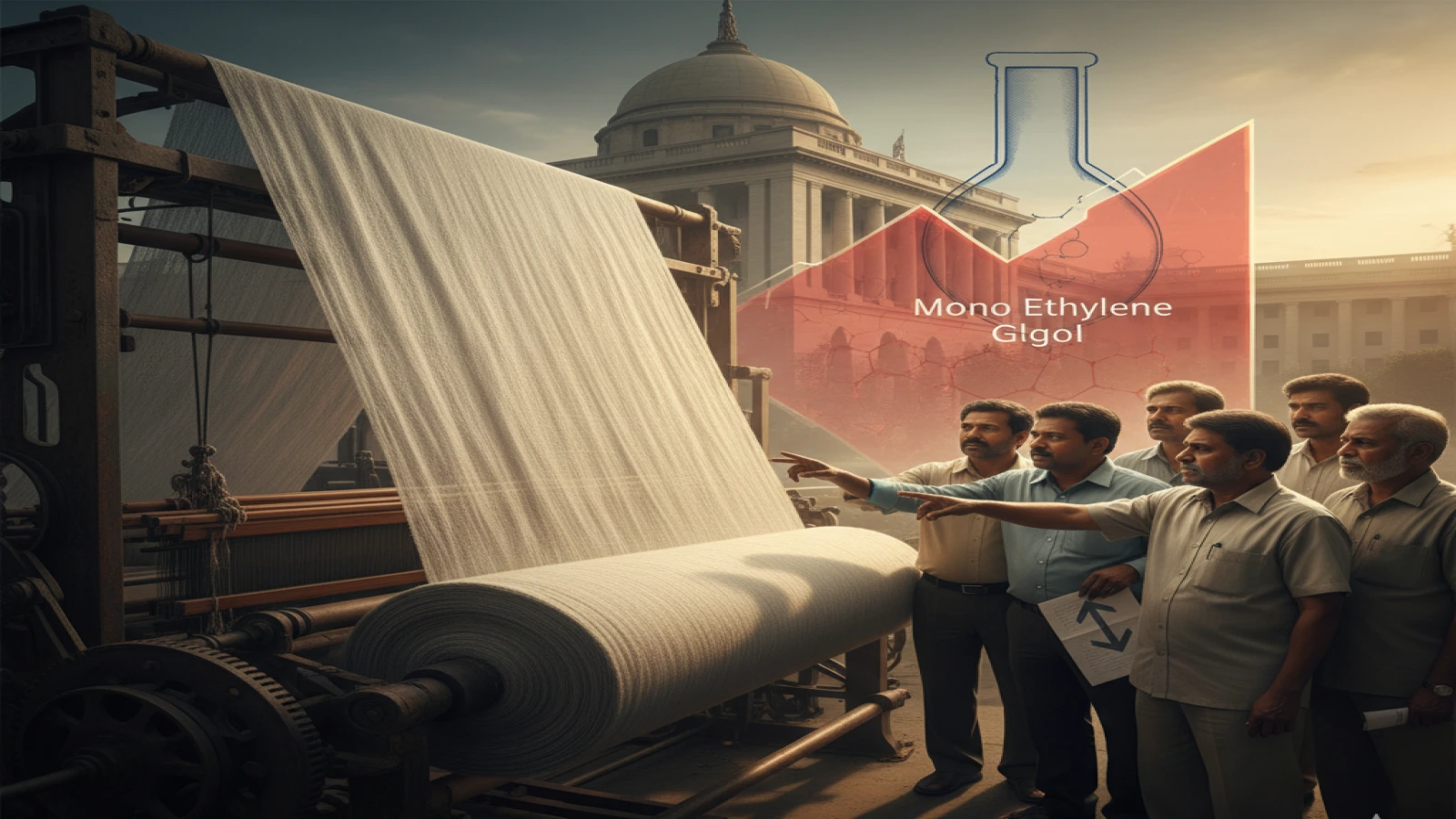
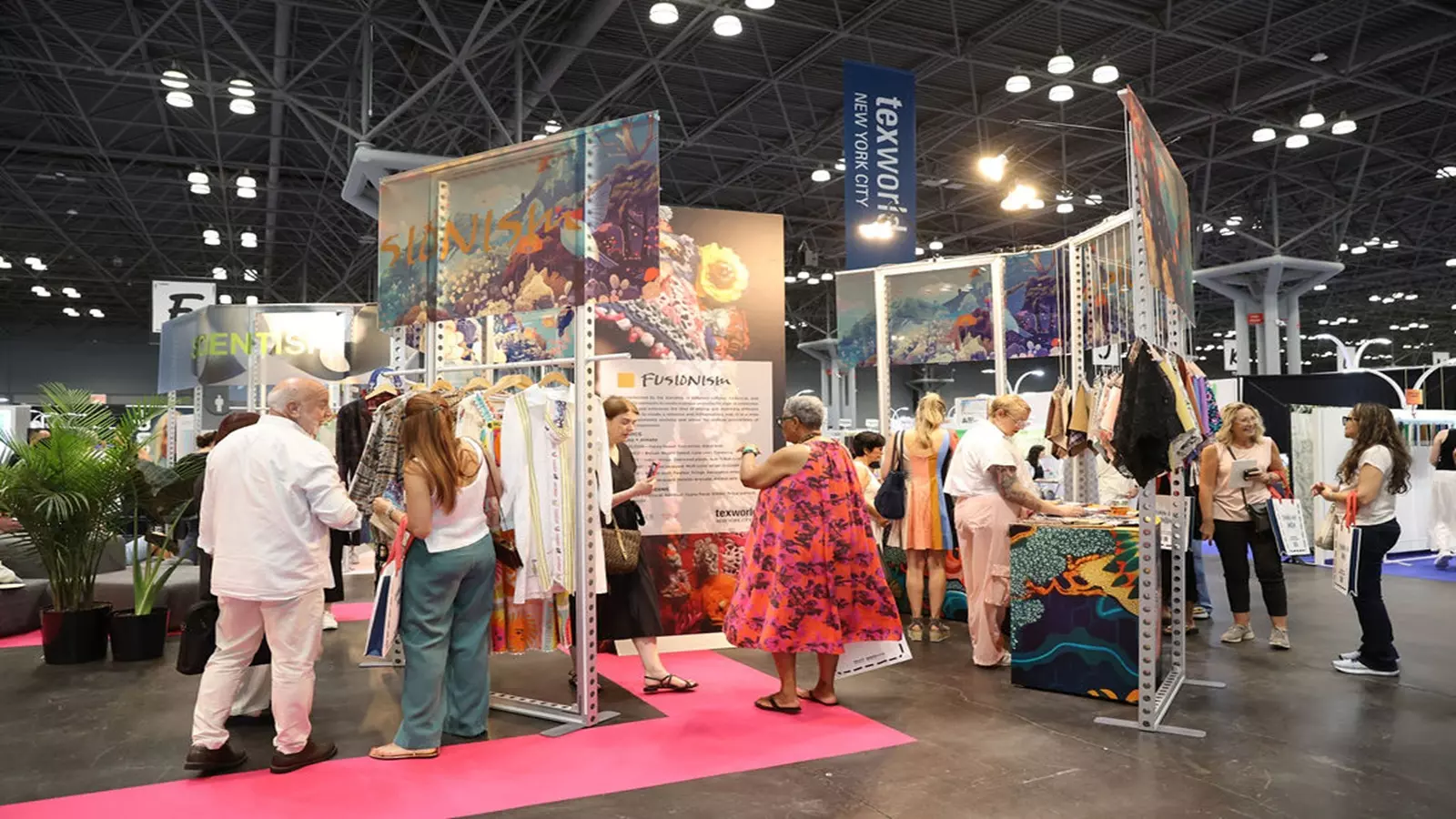

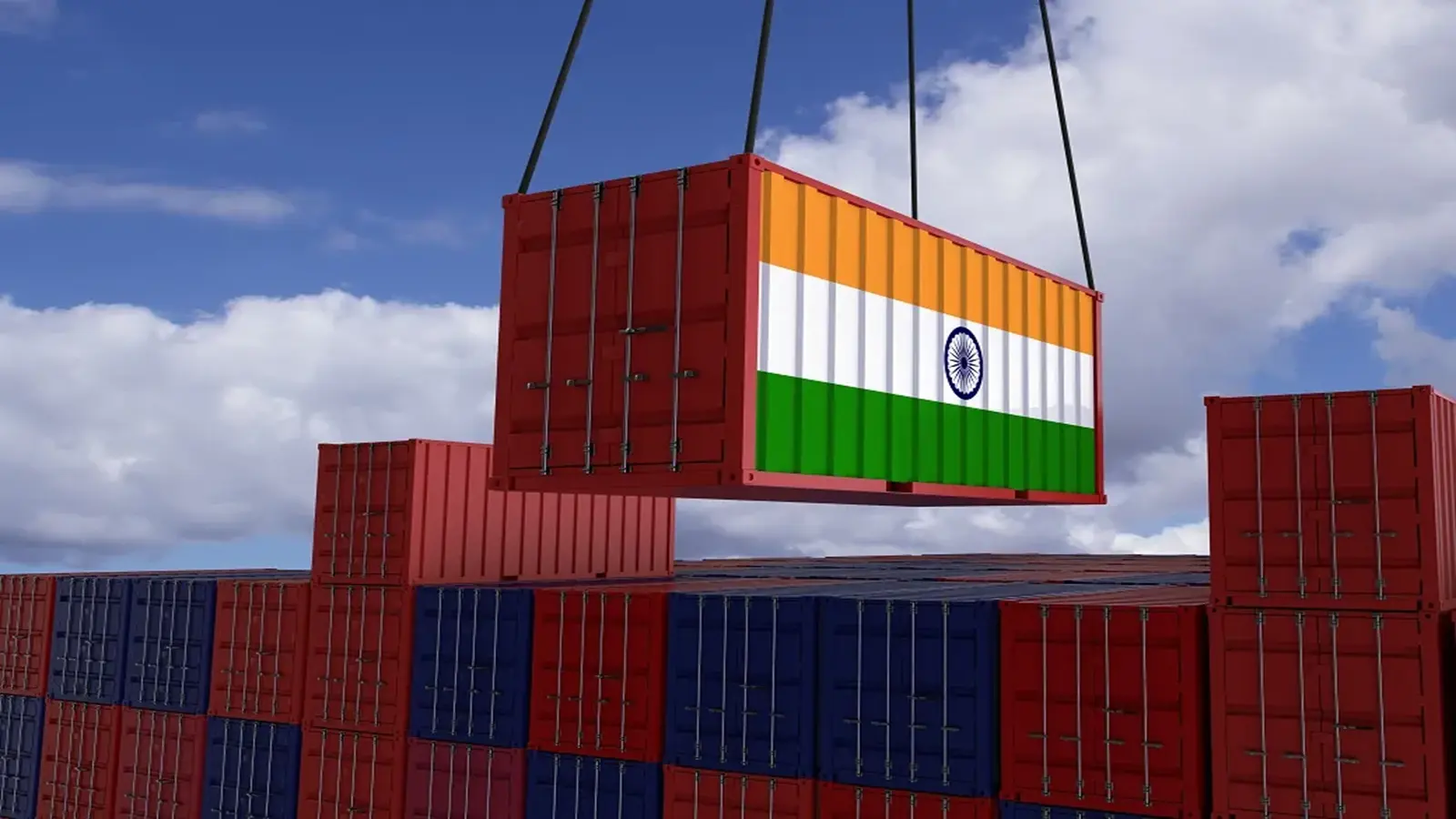
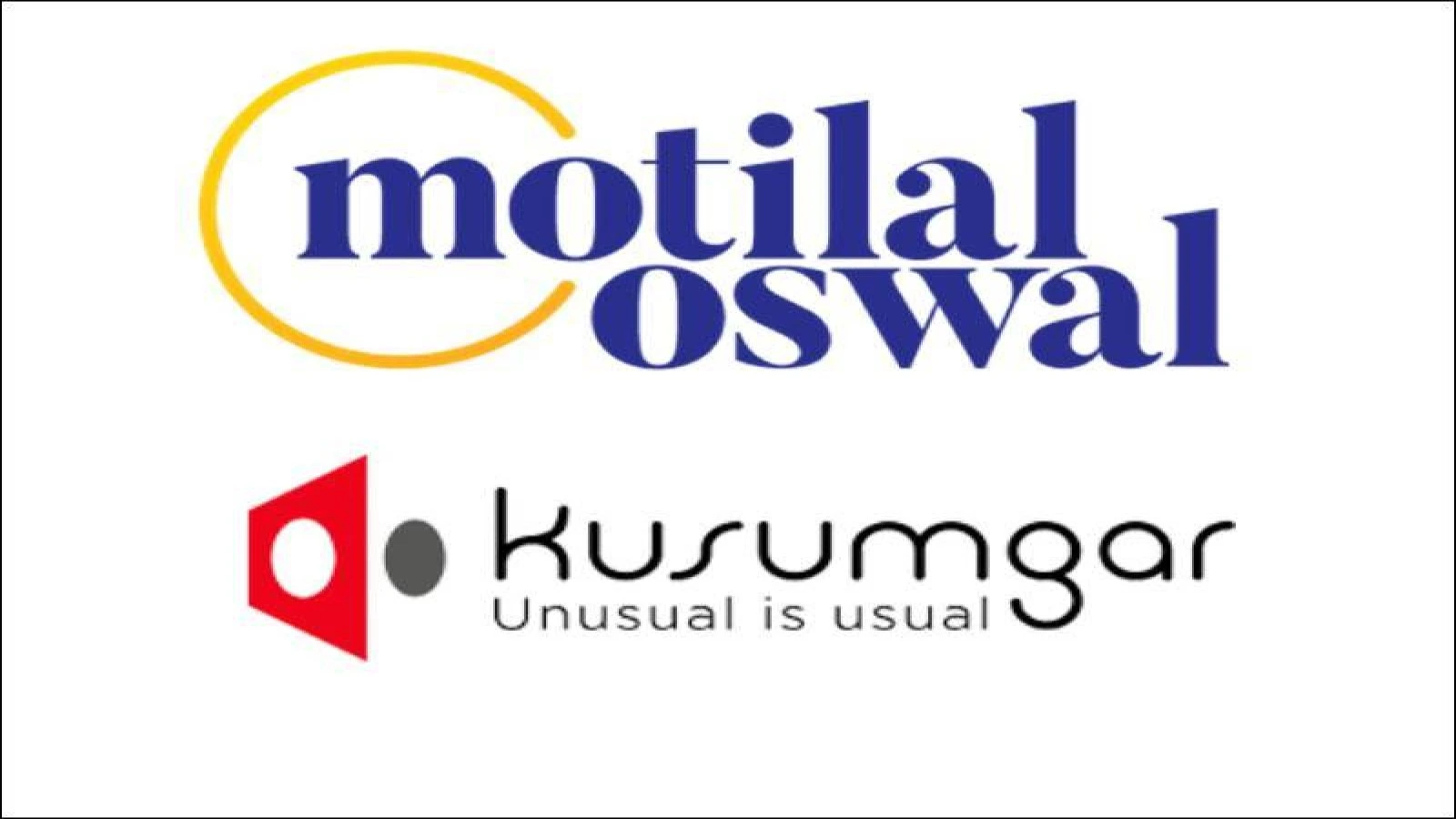



1.webp)
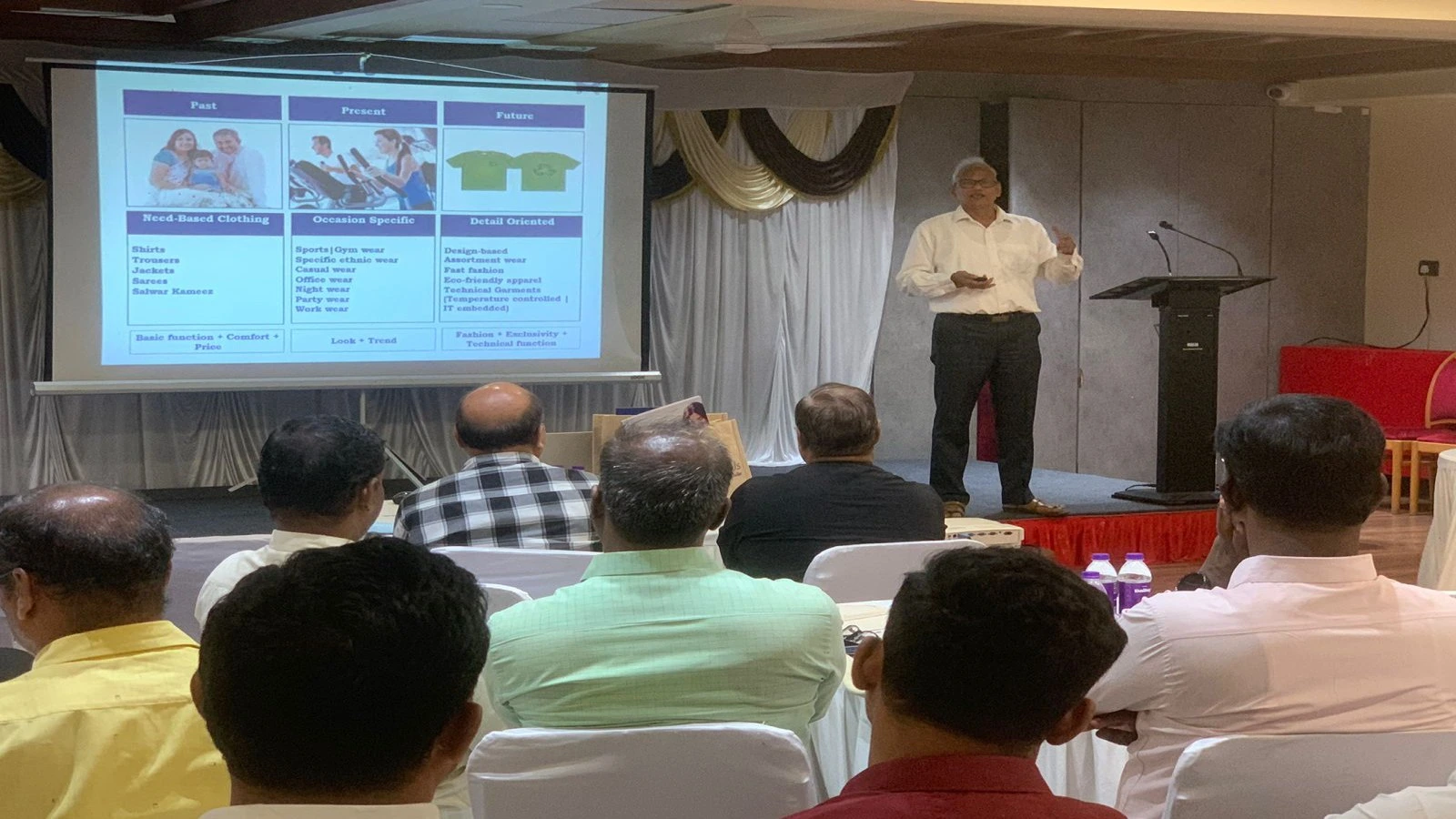

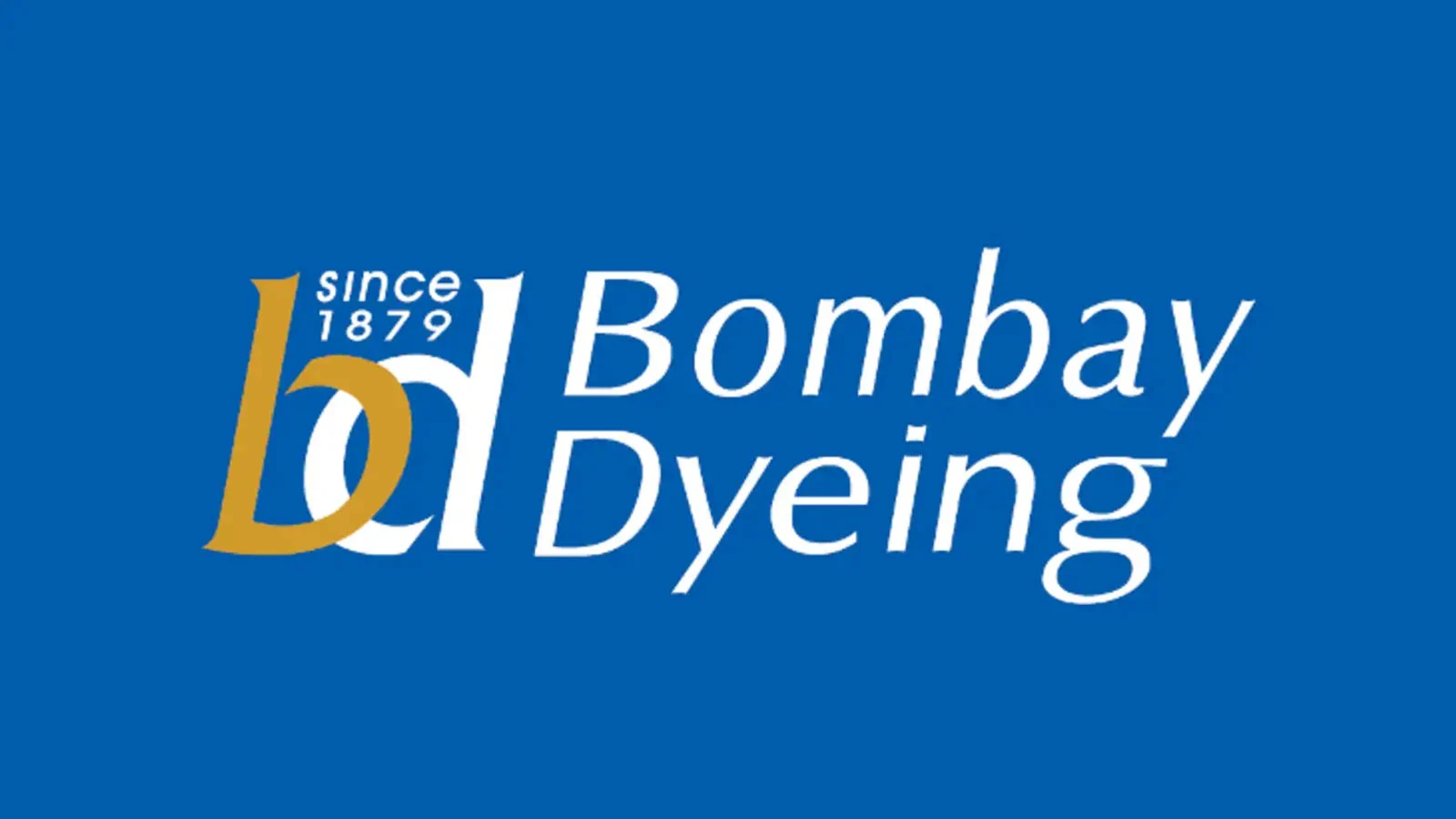

1.webp)

























1.webp)




















1.webp)




1.webp)
1.webp)













1.jpg)










































_large1.jpeg)














































.png)





.jpg)










1.jpeg)